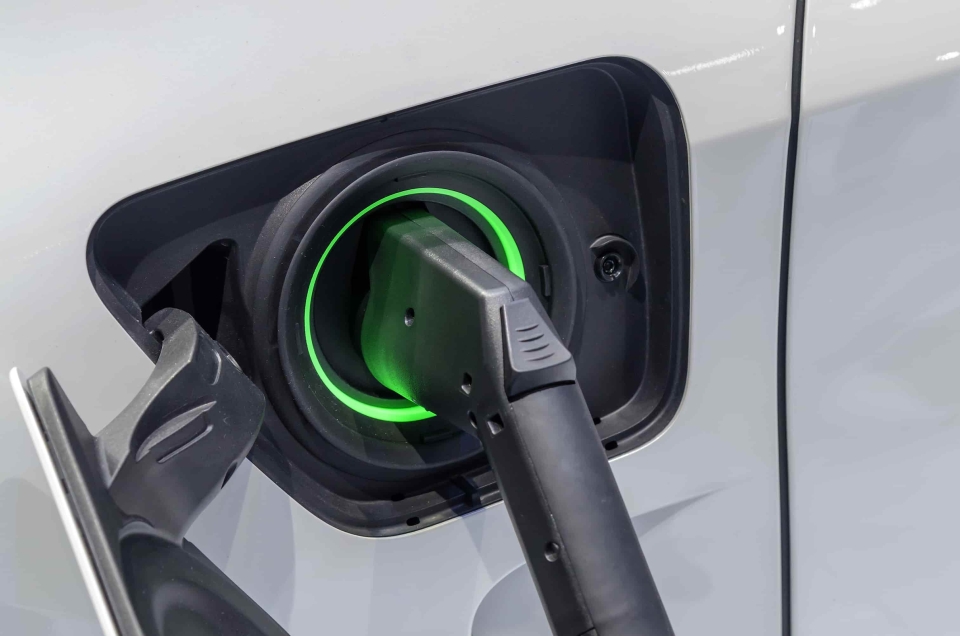EV charging points must scale up to meet EV demand
2022/03/30 | By CENSIn the carbon-neutral era, transportation plays a huge role in reducing carbon emissions. However, public infrastructure has yet to keep up with the times. For instance, electric vehicles (EV) are highly lauded as a money-saving and pollution-cutting option, there is still a shortage of charging points. Governments are encouraging public bus and intercity bus providers to switch to electric buses. Still, range issues are at the top of the providers' list of concerns regarding the environmentally-friendlier options. Academics believe that lower carbon emissions can increase public transportation usage rates over personal transportation options, however, Taiwan's Ministry of Transportation and Communication has yet to introduce substantial solutions for achieving carbon neutrality by 2050.
Far EasTone Telecommunications global operations group manager Chang Wen-jin, whose department oversees EV charging station maintenance, pointed out that EV ownership ratio to EV charging stations is 2:1. In Taiwan, there are around 18000 BEVs registered, meaning there should be around 9000 charging stations for optimal usage according to the ratio. Yet, according to the ChargeSmith app, as of the end of last year, there are only around 3652 stations.
Chang says that even in the community, building management is often against setting up charging stations due to the design of parking spaces within the building, which often uses mechanical double-stacking methods to save space but would prove difficult to fit charging stations. Charging stations also come in fast charging and standard charging options, which both require different power circuits and would impact the building's overall circuit planning.
The Ministry of Interior Construction and Planning Agency is set to revise related regulations to ensure that as long as charging station equipment is legally certified, building management committees cannot refuse to install them. The Economic Ministry has also announced that by 2025, it will increase public charging points to 7800 units. However, industry experts warn that the government must consider supply and demand and adjust accordingly to each region, otherwise the power grid might not be able to withstand the surge of demand.
The Transportation Ministry has said that the 2050 carbon-neutral policy features two segments: developing public transportation and promoting green-energy-powered transportation options. This is the backdrop behind the Taiwanese government's active support of industries producing electric buses.
With electric intercity buses as an example, providers in Kaohsiung reported difficulties with battery range. One provider saw degradation of EV bus batteries within three years and had to completely scrape the fleet's batteries last year. However, another reported better findings, emphasizing that battery quality is crucial in electrifying the intercity bus fleet.


